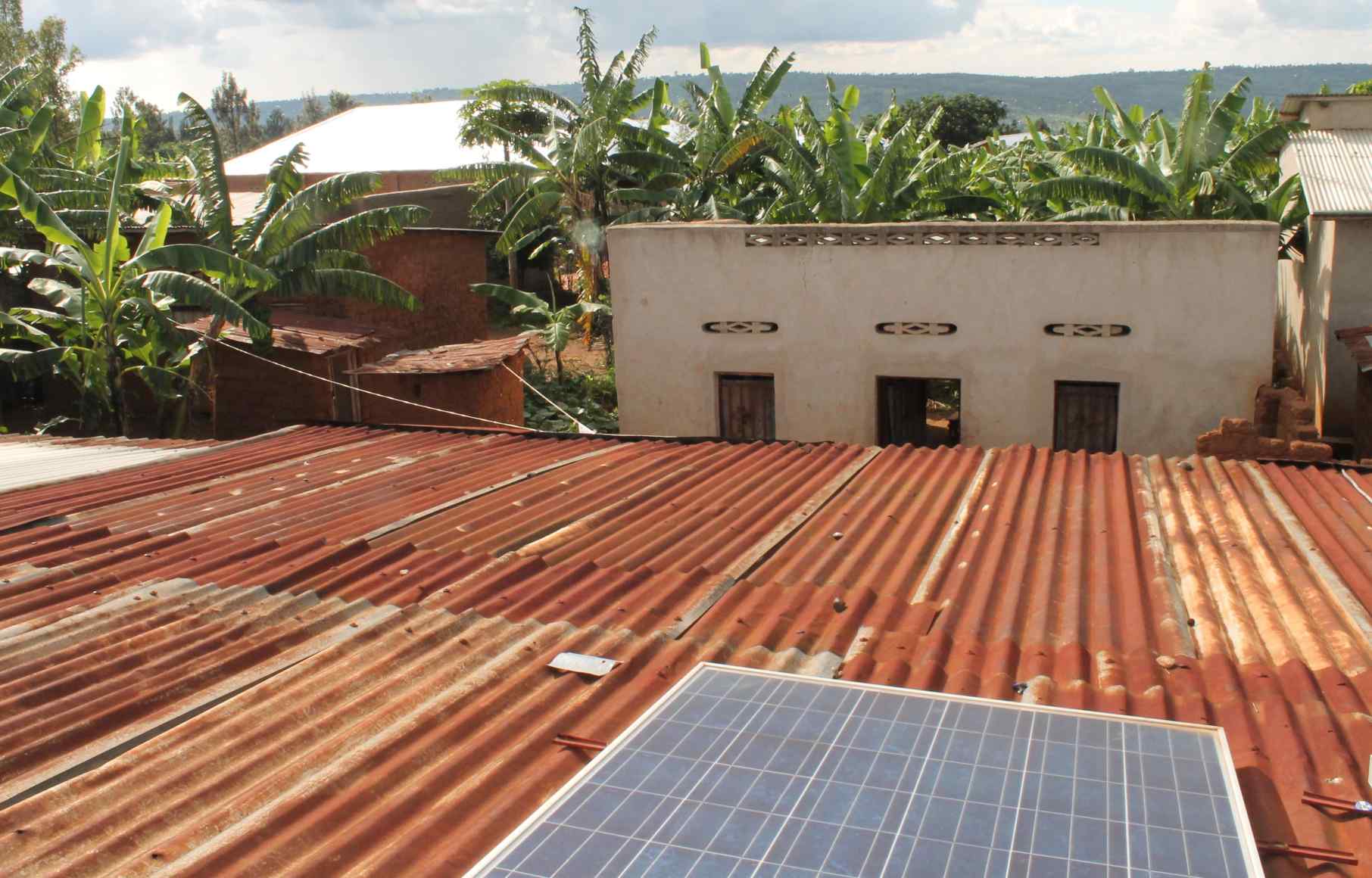Powering refugee camps in Rwanda with solar mini-grids
 At the end of 2021, the UN Refugee Agency reported that 89.3 million people worldwide were forcibly displaced as a result of persecution, conflict and other events that threatened public order. Many rely on refugee camps for safety and housing, which are often located in remote areas of developing countries with limited or no access to grid electricity. As a result, diesel generators power critical camp operations.
At the end of 2021, the UN Refugee Agency reported that 89.3 million people worldwide were forcibly displaced as a result of persecution, conflict and other events that threatened public order. Many rely on refugee camps for safety and housing, which are often located in remote areas of developing countries with limited or no access to grid electricity. As a result, diesel generators power critical camp operations.
Global commitments to renewable energy and diesel mitigation are highly compatible with Imperial College London’s research goals, especially whilst supporting electricity access to displaced populations.
Modelling the future of renewable technologies
Imperial's relevant research began in 2010, driven by the need to quantify the impact of ever-increasing energy generation around the world. Increasing political commitments and decreasing renewables prices resulted in a research focus on Sustainable Development Goal 7 to bring access to clean, affordable and reliable energy to the more than 1.5 billion people who, at the time, lacked access to electricity. To do this, it was necessary to develop a model that could be used to deploy renewables.
Our research between 2013-15 found that certain components, particularly battery storage, had a significant impact on the performance, cost and environmental impact of a solar-powered system compared to the specific choice of photovoltaic technology. We also found that the cost of renewable technologies would decrease over time and would result in solar-powered systems being cheaper than diesel systems in three to five years. This made solar grids particularly competitive where the grid energy was not accessible.
This resulted in former Imperial research assistant Javier Baranda Alonso and Philip Sandwell (Department of Physics) developing an open-source model, named CLOVER, which has been used to investigate a number of developmental energy objectives.
Working with NGOs and commercial partners to deliver electricity
Imperial's research helped MeshPower to install and analyse their first solar mini-grid in the Mahama Refugee Camp in Rwanda, the largest in the country. The camp is home to approximately 60,000 refugees fleeing conflict in Burundi. Our CLOVER model investigated the electricity demands of the community and predicted performance of MeshPower’s mini-grid system over different usage strategies.
MeshPower used our analysis in their proposal to NGOs and international organisations. Their grid now powers a health center that serves the entire camp whilst reducing diesel usage by up to 47 per cent over the system’s lifetime, saving 6,300kg CO2 from being emitted annually.
The model we created will continue to contribute to humanitarian energy delivery by providing a blueprint for MeshPower to apply their mini-grid to three further refugee camps.


